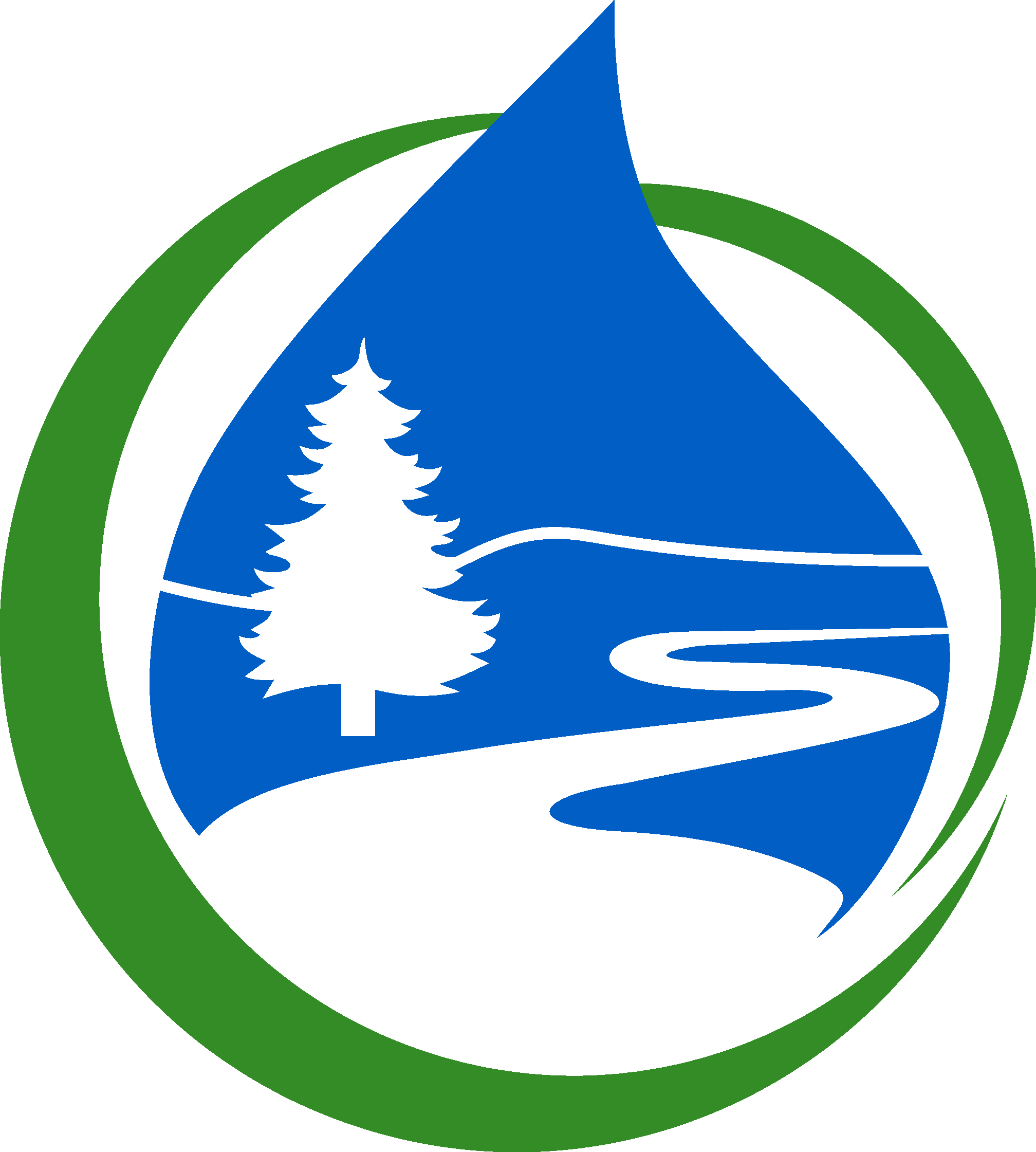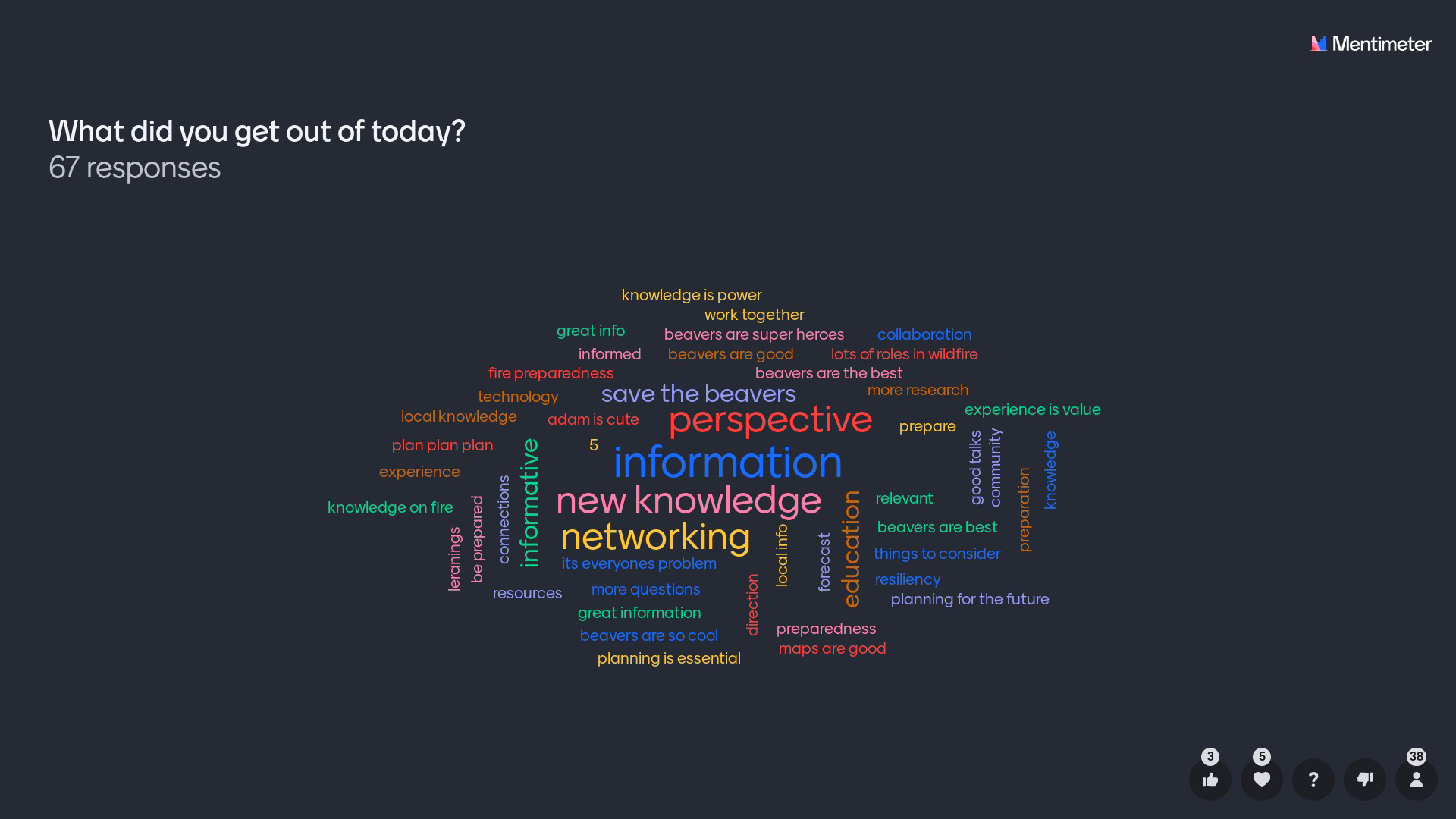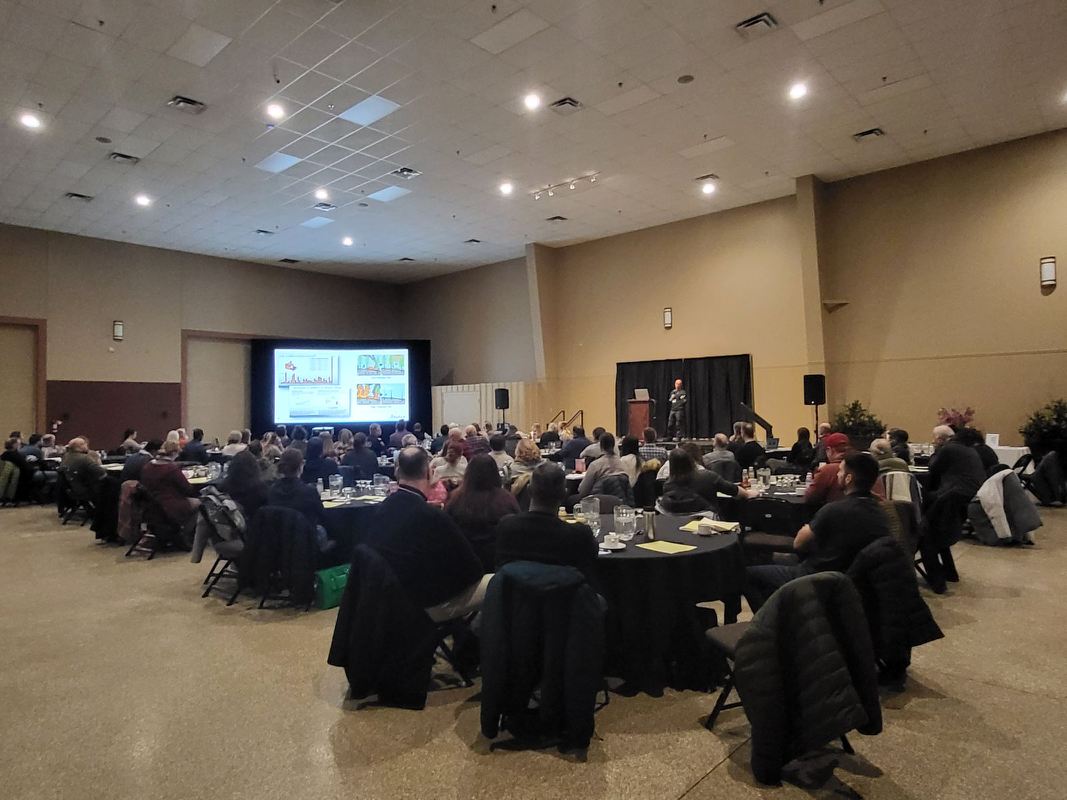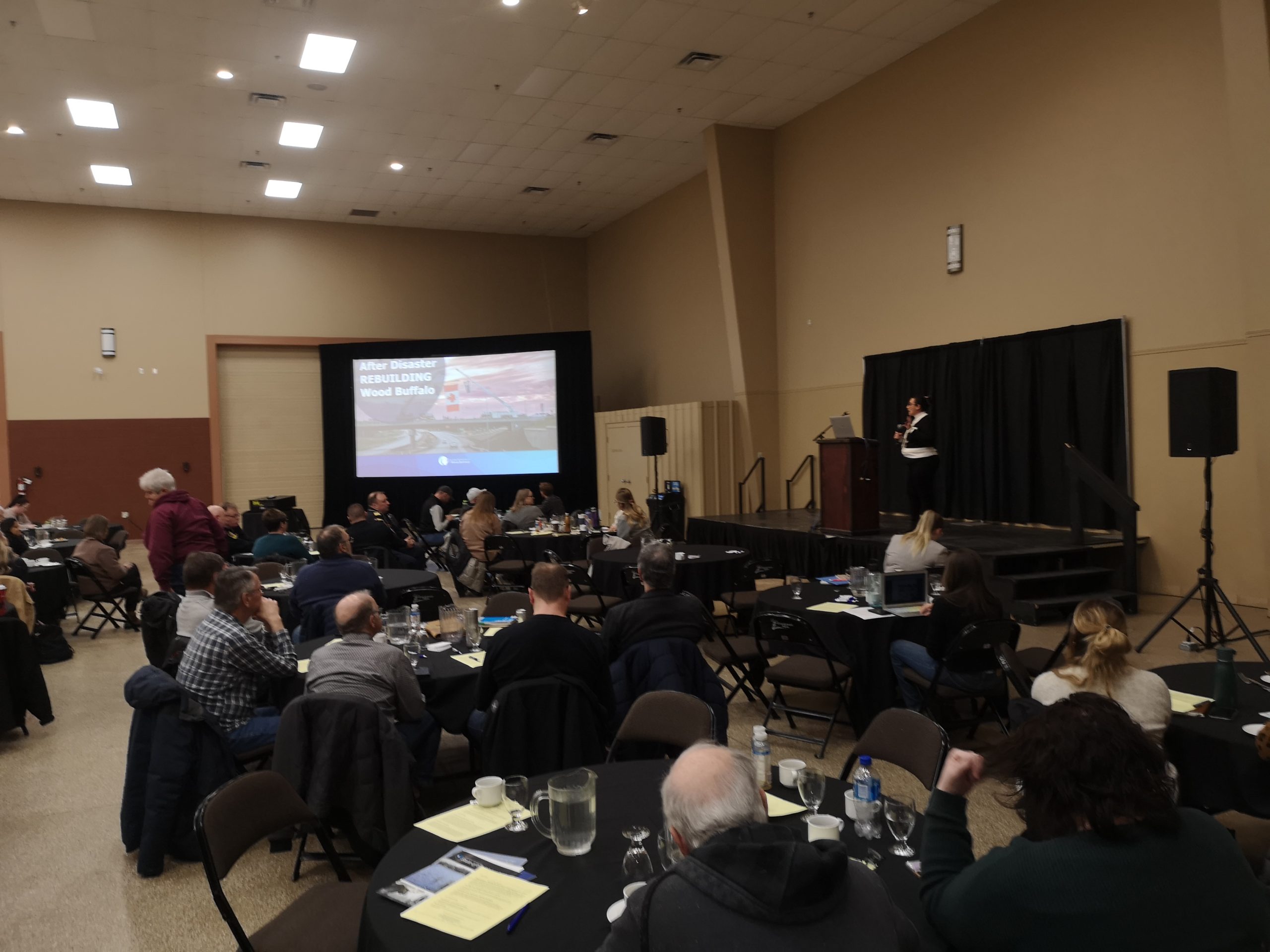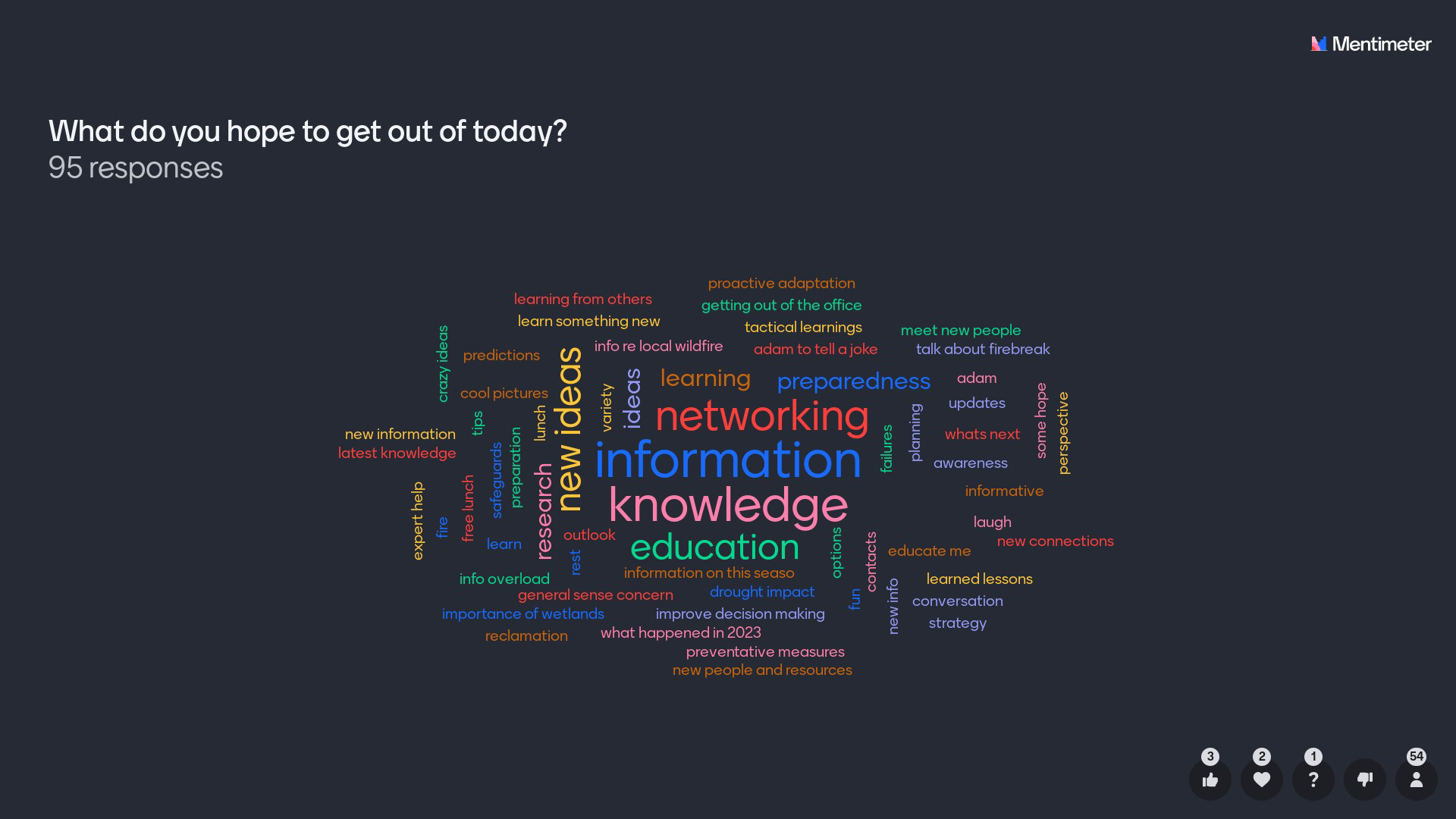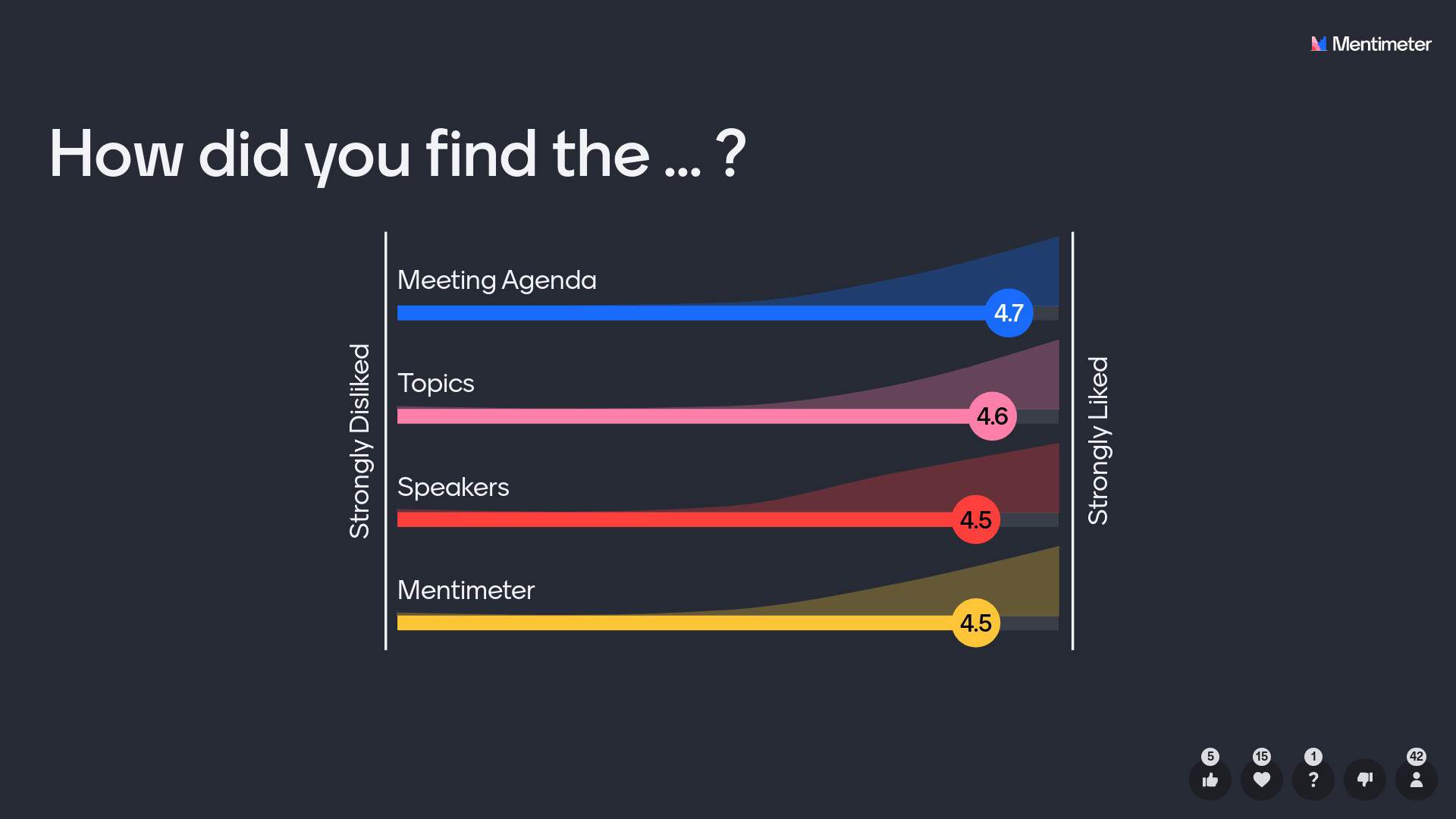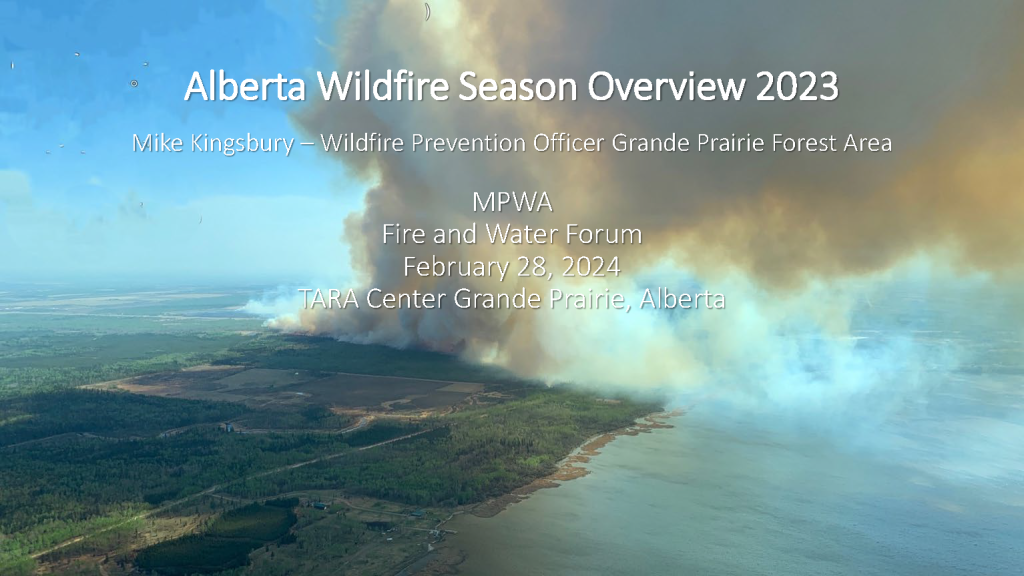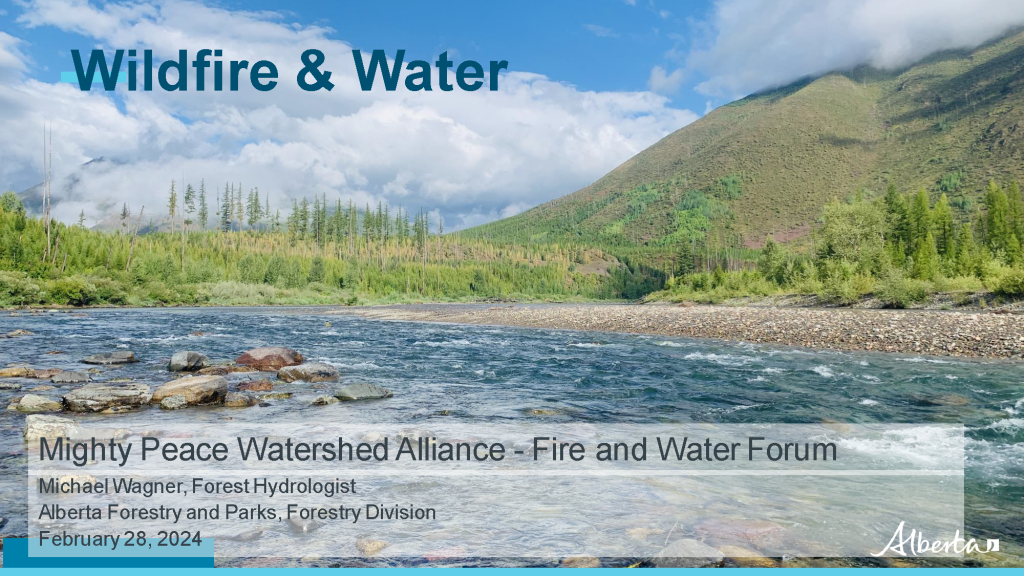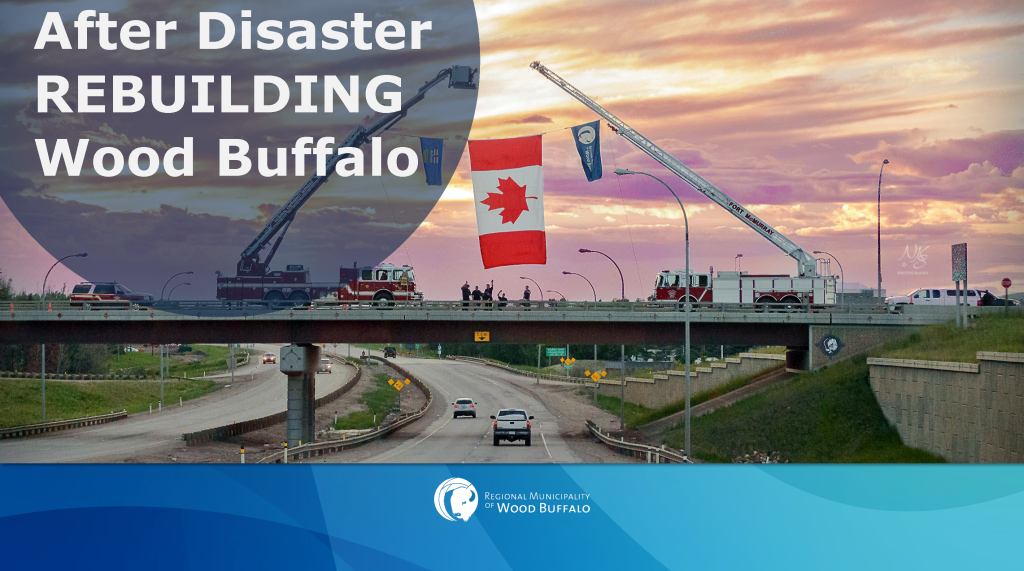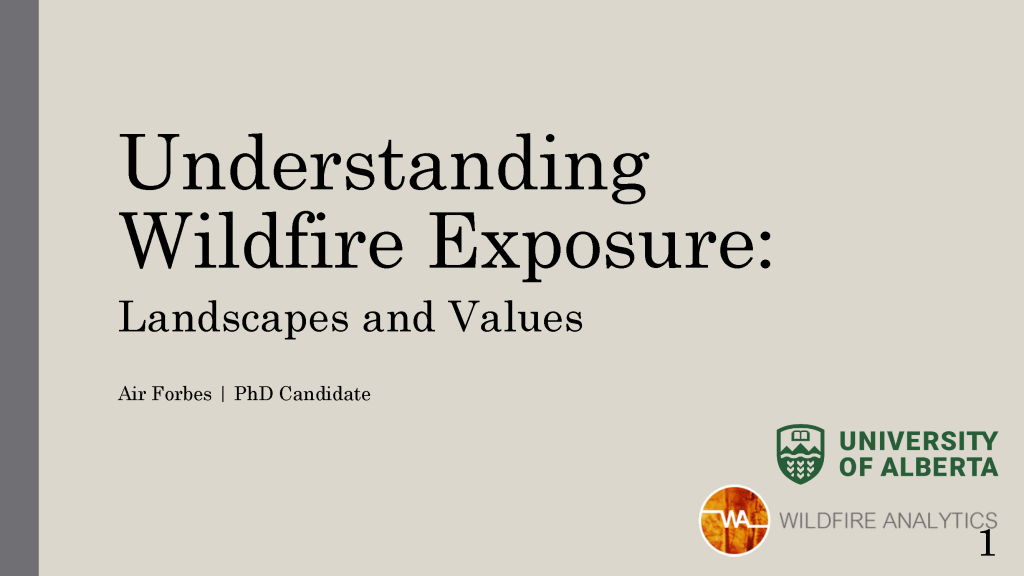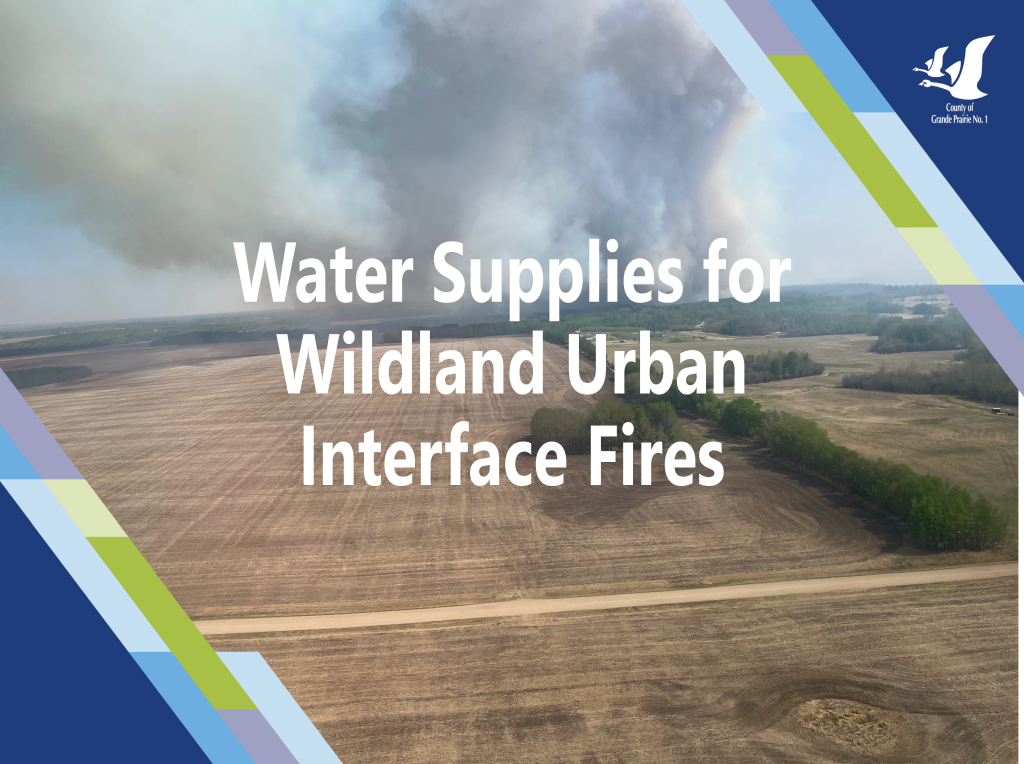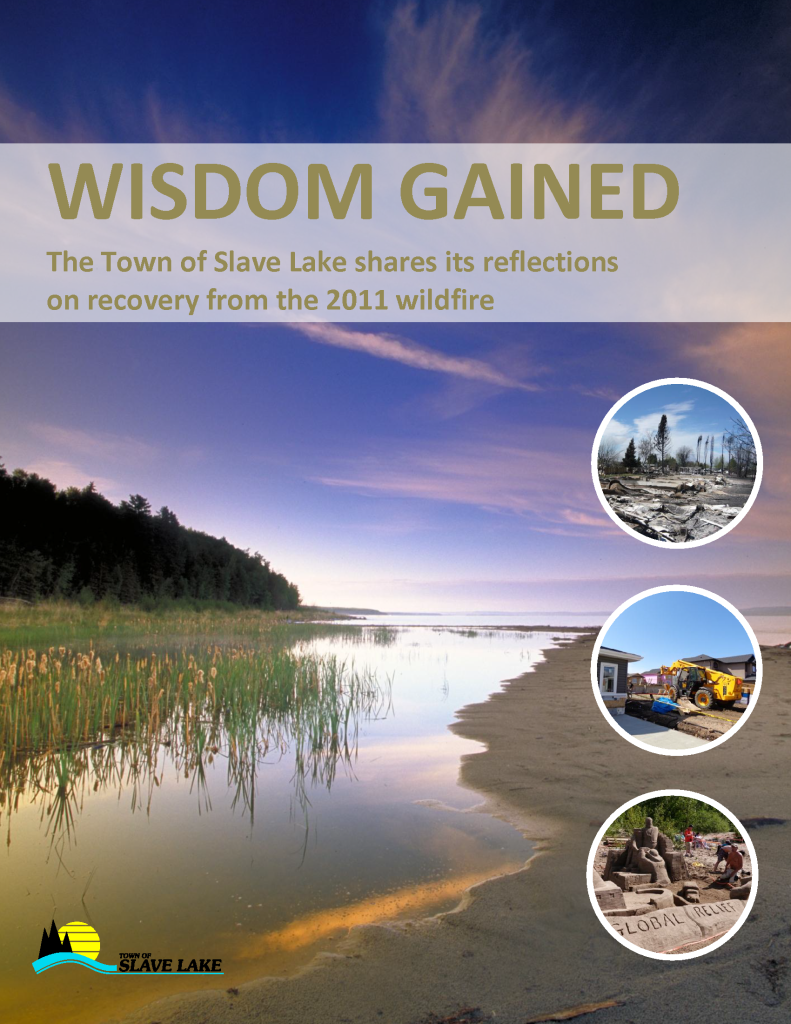Mike Kingsbury, Wildfire Prevention Officer for the Grande Prairie Forest Area – 2023 Alberta Wildfire Season Overview.
In 2023, Alberta experienced a record-breaking wildfire season, with a total of 1,088 wildfires that burned about 2.2 million hectares of Alberta lands. Why was this year unprecedent? What can we expect in the future?
Wildfire Exposure map for the Peace Watershed created by Air Forbes
Wildfire Exposure Risk in the Peace and Slave Watersheds
Michael Wagner, Registered Professional Forester and Forest Hydrologist with Alberta Forestry and Parks – Wildfire and Water.
Forested watersheds are critical in providing essential services such as those identified in the water for life strategy: reliable water supplies, safe secure drinking water and healthy aquatic ecosystems. Wildfire and other forest disturbances can alter hydrological processes within watersheds resulting in changes to water quality, quantity and aquatic ecosystems that can have wide ranging impacts. This presentation will focus on how watersheds respond to wildfire and provide a perspective on how forested watersheds and their management is key to helping achieve water for life objectives.
Isela Contreras-Dogbe, Supervisor Regional Municipality of Wood Buffalo – Wood Buffalo – Rebuilding after Disaster.
With every obstacle comes new opportunities to support the rebuild of your community. The 2016 Horse River Wildfire resulted in the loss of more than 2,500 homes in Fort McMurray. The pressure to rebuild was immense. In this presentation, the Regional Municipality of Wood Buffalo staff will share some of the strategies, planning instruments, and tools used during the rebuilding process.
Air Forbes, PhD Candidate in the Wildfire Analytics Lab at the University of Alberta – Understanding Wildfire Exposure: Landscapes and Values.
Wildfire exposure assessments can help decision makers identify values that are exposed to potential ignition from wildfire, and the wildland fuels on the landscape that cause it. We will explore landscape exposure in the Mighty Peace Watershed and the exposure of select values within. Discussion topics will touch on recent fire activity, defining land cover, and wildfire mapping.
Emily Fairfax, Assistant Professor of Geography at the University of Minnesota – How Beavers Build Resitant Landscapes.
Beaver dams and beaver mimicry (e.g. Beaver Dam Analogs) are gaining popularity as a low‐cost, nature-based strategy to build climate resiliency at the landscape scale. Beavers slow and store water in their ponds, canals, and the surrounding soil during wet periods which can then be accessed by riparian vegetation during droughts. As a result, the well-watered vegetation in beaver-dammed riparian corridors is less flammable. My research has shown that these beaver-influenced patches of the landscape stay green and can serve as fire refugia, preserving intact, mature riparian habitat, even during megafires. Perhaps instead of relying solely on human engineering and management to create and maintain fire‐resistant waterways and riparian zones, we could benefit from partnering with beaver’s ecosystem engineering to achieve the same goals at a lower cost.
Trevor Grant, Fire Chief at County of Grande Prairie – Water Supplies for Wildland Urban Interface Fires. This process will review the challenges of water supply during wildland urban interface events. A review of the water supply options that were employed at the Dunes West Wildfire and how we pre-plan for future events.
Audrey DeWit – erstwhile project manager and researcher with Northern Alberta Development Council (NADC) – Reflections on Wisdom Gained (2011 Slave Lake Fire).
When one speaker had to cancel due to illness, Audrey jumped into the slot to talk about her experience putting together the Wisdom Gained report released collaboratively by the NADC and the Town of Slave Lake, and her subsequent time as Recovery Manager for Slave Lake. This report shares the reflections of the Town and residents as they rebuilt from the 2011 Wildfire.
